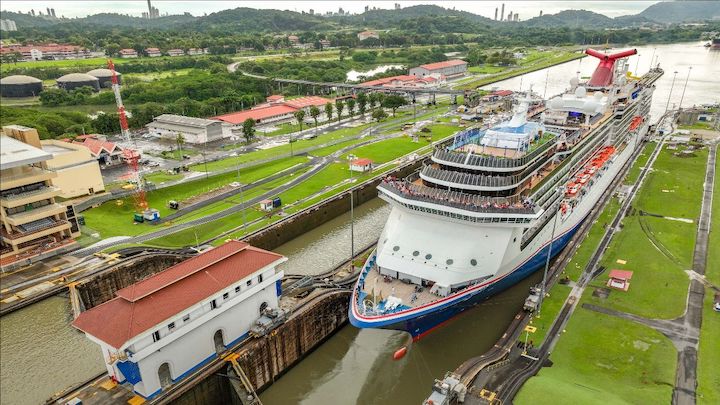Despite facing a significant reduction in ship traffic due to low water levels, the Panama Canal has managed to maintain its financial stability through strategic measures.
Implemented toll increases and the introduction of lucrative auction fees have played pivotal roles in bolstering the canal’s revenue stream. These proactive steps have resulted in a notable 15% increase in revenue, reaching nearly $5 billion over the past year, despite a 1.5% decrease in the tonnage shipped through the canal.
This financial robustness highlights the canal’s vital role as a crucial link in global supply chains. However, there remains a looming concern regarding potential shifts in shipping routes if delays persist, emphasizing the need for ongoing adaptation and resilience.
For Panama’s government, which heavily relies on canal revenues, the canal’s sustained financial health brings considerable relief amidst skepticism from international bond investors regarding the country’s deficit.
Looking ahead, plans to mitigate future water shortages include the construction of a new reservoir, subject to approval from lawmakers. This long-term strategy aims to ensure the canal’s continued operational efficiency and economic significance.
In navigating the challenges posed by changing climate patterns and evolving global trade dynamics, the Panama Canal reaffirms its status as a vital artery of international commerce, essential for Panama’s economic prosperity and global trade connectivity.


















